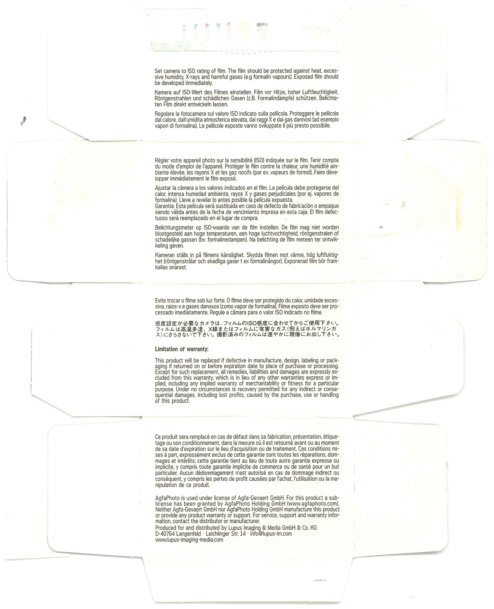

About Agfa APX 400
This is a budget black and white film that is produced by an undisclosed third party (though everyone agrees it is Ilford/Harman) and sold under the Agfa brand name by Lupus Imaging Media. The film is placed as budget option in the market and sold to consumers in drug stores and similar. The film's data sheet is not very helpful and does not provide any information about spectral response, reciprocity failure etc. [4], a further indication that this film is solely intented for amateurs. Some people say it is very similar to Kentmere 400. This is a logical assumption as Kentmere is Ilford's own budget line of film.
Even though there is nothing inherently wrong with this film I see little reason to chose it over competing film stocks such as Fomapan 400 and Ilford HP5+ which are in a similar price range but offer more reliable information.
About Agfa
Agfa once was a large and innovative German film and camera manufacturer but is today nothing more than a trademarked name that is slapped by the license holders on third party products.
Agfa was founded in 1867 in Berlin as a manufacturer of aniline dyes (Aktiengesellschaft für Anilinfabrikation) [1]. Very remarkably, only three years after the first ever observation of X-rays in 1895 they started the manufacturing of X-ray plates.
Agfa's following history is deeply connected with the history of Germany. Already in 1904 Agfa joint forces with Bayer and BASF, later in 1925 eight of the major German chemistry companies decided to stop competing und fusing into a single company, the IG Farben. This new company was the largest company in Europe and the largest chemical and pharmaceutical company in the world [2]. Still using the Agfa brand name, IG Farben competed with Kodak to develop the first color film and brought a color positive film to market only a year after Kodachrome was introduced.
Under the Nazi rule of Germany IG Farben began mass manufacturing of war supplies and also contributed to the production of Zyklon B. As more and more workers were required to satisfy Germany's needs of war supplies the company was supplied by the SS with large numbers of slave workers from the concentration camps. One of the production sites, a large synthetic rubber plant, was directly built in Auschwitz.
After the war the leading managers of the company were imprisoned and the industry giant was divided into its founding members. As such, the Agfa brand reemerged on the market and soon started to produce the photo products for which it became famous. As Germany was now divided into an East- and a West state, Agfa was also split into an East-German and West-German part. The trademark dispute was settled in 1964 when the East-German Agfa was rebranded as ORWO [3]. The West-German Agfa kept its name and set up manufacturing in Leverkusen.
The end of Agfa photo productions came in 2004 when brand name and manufacturing were separated, resulting in bankrupcy of the manufacturing branch after only a few months. Since then third parties produce Agfa products. Today only two BW films remain in the portfolio that are said to be produced by Ilford.
Links
- [1]
- https://en.wikipedia.org/wiki/Agfa-Gevaert#cite_note-revenue-1, retrieved July 29th 2020
- [2]
- https://de.wikipedia.org/wiki/I.G._Farben, retrieved July 29th 2020
- [3]
- https://en.wikipedia.org/wiki/ORWO, retrieved July 29th 2020
- [3]
- https://lupus-imaging-media.de/wp-content/uploads/2017/03/APX400_Produktinformation_D_.pdf, retrieved July 29th 2020
Packaging
Disclaimer The logos and trademarks on this website are the property of their respective owners. This website does not represent any of them and solely shows them for editorial purposes. The author is in no form associated with any manufacturer of camera or film equipment and does not receive compensation in any form. The author is not associated with any provider of film development, processing or scanning services. The opinions voiced are those of a private individual and do not qualify as professional advice. This website does not collect personal information, does not include web services of third parties (such as social and advertisement networks) and does not use cookies. Contact: contact(at)photonfolly.com

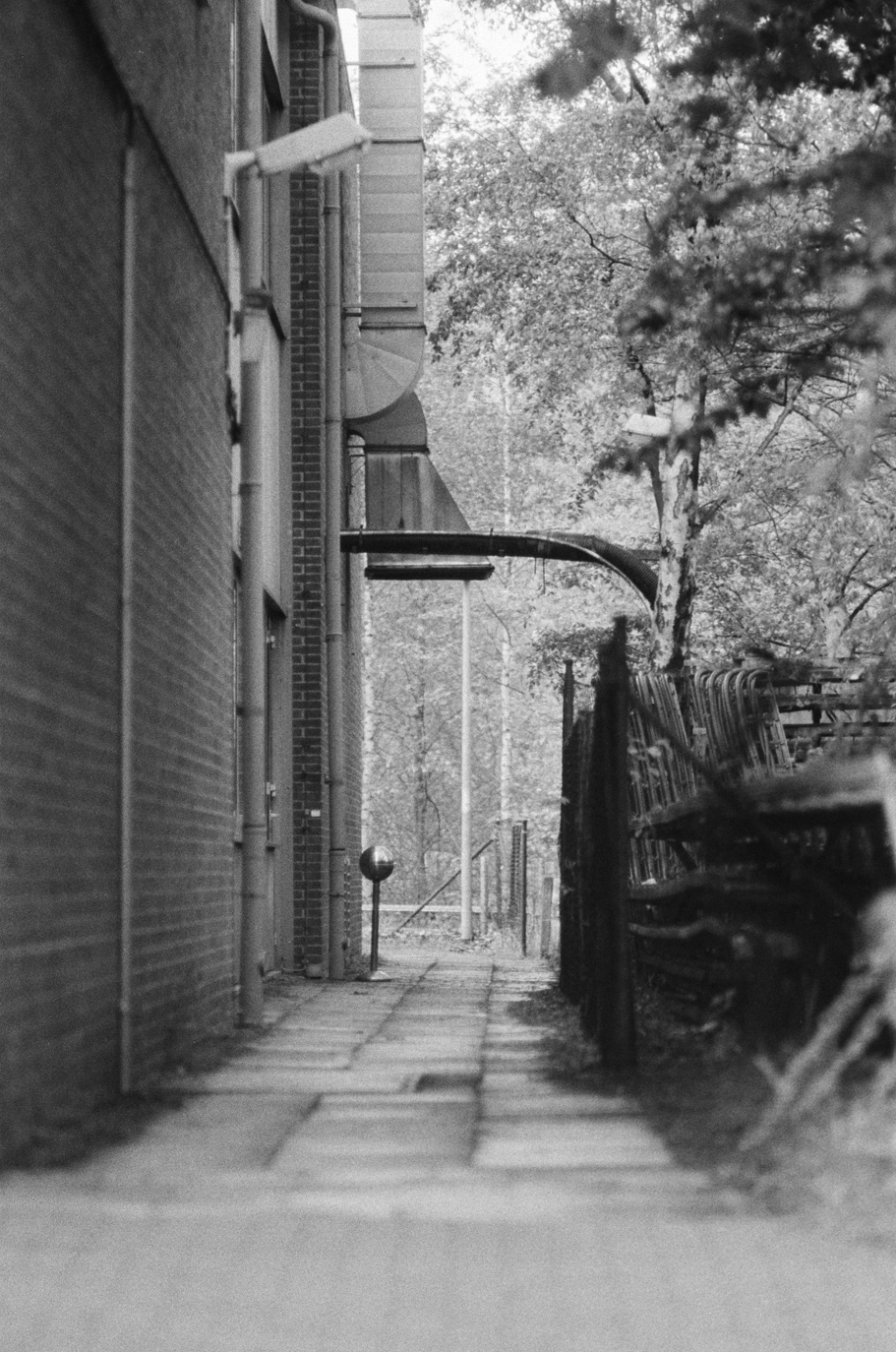
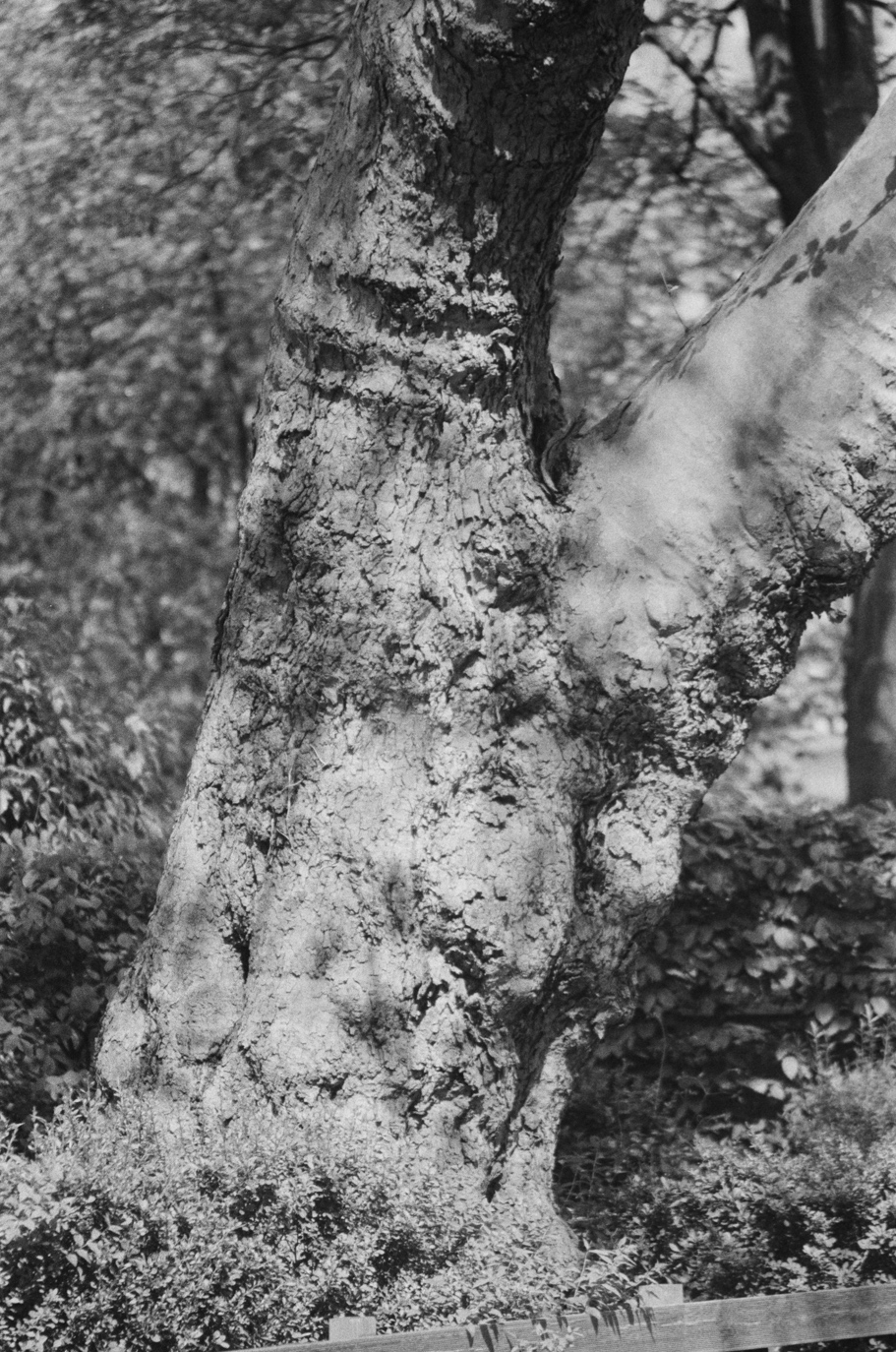
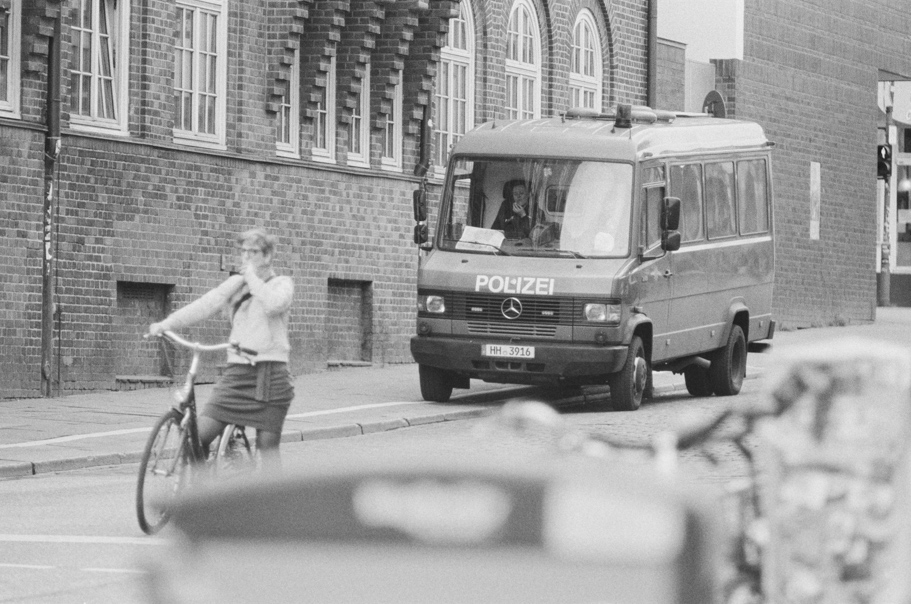
 19.0 MB
19.0 MB
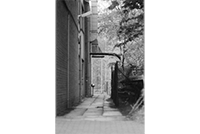 17.8 MB
17.8 MB
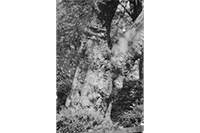 17.0 MB
17.0 MB
 17.2 MB
17.2 MB

